Higher classification Common Iguanas | Phylum Chordata Rank Species | |
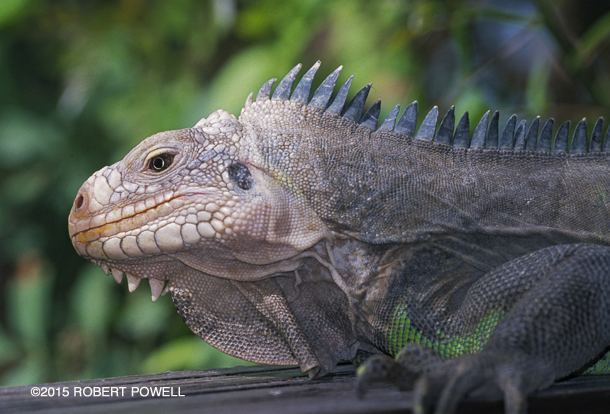 | ||
Similar Common Iguanas, Reptile, Scaled reptiles, Cyclura, Northern Bahamian rock igua | ||
Beautiful lesser antillean iguana
The Lesser Antillean iguana (Iguana delicatissima) is a large arboreal lizard endemic to the Lesser Antilles. It is one of two species of lizard of the genus Iguana and is in severe decline due to habitat destruction, feral predators, hunting, and hybridization with its sister species, the green iguana. Successful captive breeding of this species has been limited to only two instances as most captive laid eggs tend to be infertile.
Contents
- Beautiful lesser antillean iguana
- Lesser antillean iguana on st eustatius we need your help
- Etymology and taxonomy
- Anatomy and morphology
- Habitat and distribution
- Ecology
- Conservation
- References
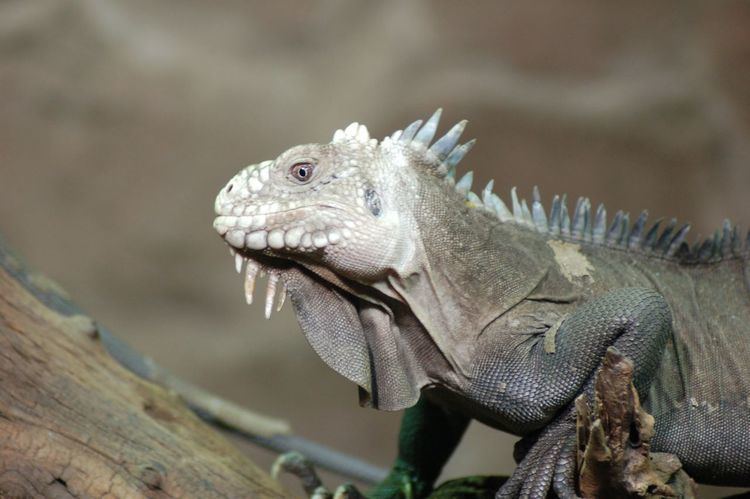
Another common name for it is the West Indian iguana, though this is more commonly used for species of the genus Cyclura.
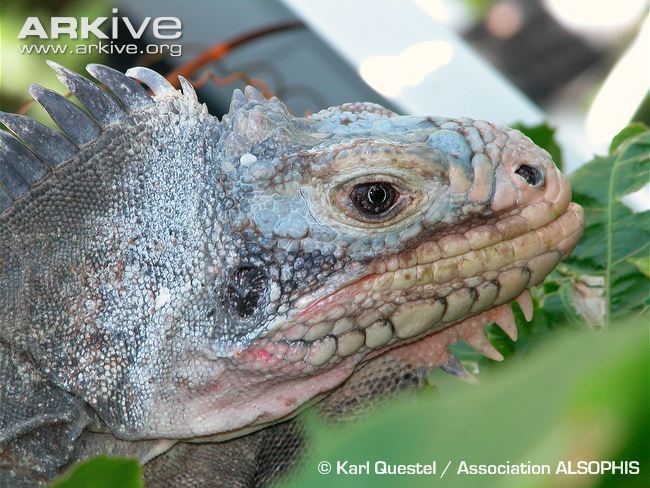
Lesser antillean iguana on st eustatius we need your help
Etymology and taxonomy

The generic name iguana is derived from iwana, a Spanish form of the Taino name for the species. Its specific name delicatissima is Latin for "extraordinary". The species was first officially described by Austrian naturalist Josephus Nicolaus Laurenti in 1768.
Anatomy and morphology
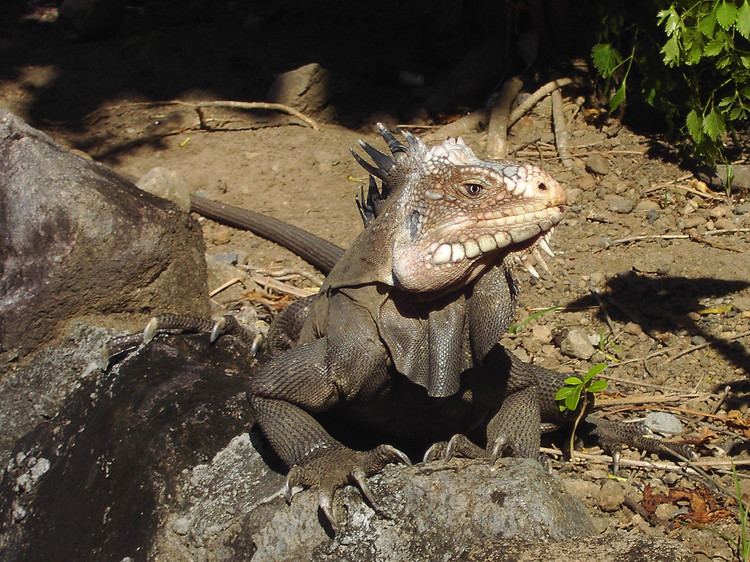
The Lesser Antilles iguana has a more blocky, shortened face than the green iguana and lacks the distinctive stripe pattern present along the green iguana's tail. The feature that most easily distinguishes these two species is the large, round scale that the green iguana has below each ear hole but which the Lesser Antillean iguana lacks.
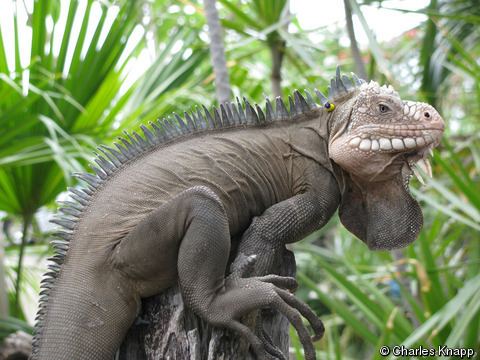
The Lesser Antillean iguana varies in color between different island populations, but the base color tends to be gray, with green splotching on the underside. They have large pale, ivory colored scales on their heads. The jowls of males are pink and the scales around the eyes are blue. Males also have femoral pores along each inner thigh that exude pheromones during breeding season. Males are larger than females and are 40 cm (15.5 in) long, with an 80 cm (31.5 in) tail when full-grown. Females are two-thirds this size.
Habitat and distribution
The Lesser Antillean iguana is found in scrub woodland, rainforest, and mangrove throughout the Lesser Antilles on Saint Barth, Anguilla, St. Martin, St. Eustatius, Antigua, Guadeloupe, Dominica, and Martinique.
Ecology
Lesser Antillean iguanas are primarily herbivores, feeding on leaves, flowers, fruit, and growing shoots of upwards of 100 different species of plant. This presents a problem for osmoregulation: vegetable matter contains more potassium and has less nutritional content per gram, so more must be eaten to meet the animal's metabolic needs. Like most reptiles, Lesser Antillean iguanas are not capable of creating liquid urine more concentrated than their bodily fluids, like birds they excrete nitrogenous wastes as urate salts through a specially evolved nasal salt gland. As a result, the iguanas have this lateral nasal gland to supplement renal salt secretion by expelling excess potassium and sodium chloride.
Conservation
The Lesser Antillean iguana is an endangered species and is found on the IUCN Red List. The Lesser Antillean iguana is legally protected from hunting throughout its range, but enforcement of these regulations is extremely difficult and therefore limited. Other threats include habitat loss to agriculture and development and the introduction of feral predators such as dogs, cats, and the mongoose.
The species' greatest threat is from its own relative. The green iguana has been introduced to the Lesser Antilles as an invasive species and directly competes with the Lesser Antillean iguana for food and resources. In addition the green iguana has been interbreeding with the Lesser Antillean iguana and this hybridization has been the number one reason for decline on at least three of the islands: Les Iles des Saintes, Basse Terre (Guadeloupe) and St. Barthélemy.
Captive Lesser Antillean iguanas are currently kept at the Durrell Wildlife Conservation Trust, Chester Zoo, Memphis Zoo, and the San Diego Zoo's Center for Reproduction of Endangered Species. All individuals originate from the Commonwealth of Dominica. Breeding and keeping the species in captivity is difficult. Mating and egg laying have occurred at each institution but most of the eggs have been infertile, a single individual was successfully hatched at the Durrell Wildlife Conservation Trust in 1997 and in 2000 eight iguanas were hatched. Following on from this success, eleven iguanas hatched at Durrell in 2016 and they will be sent to zoos across Europe in an effort to promote and support the urgent conservation work for this species.
